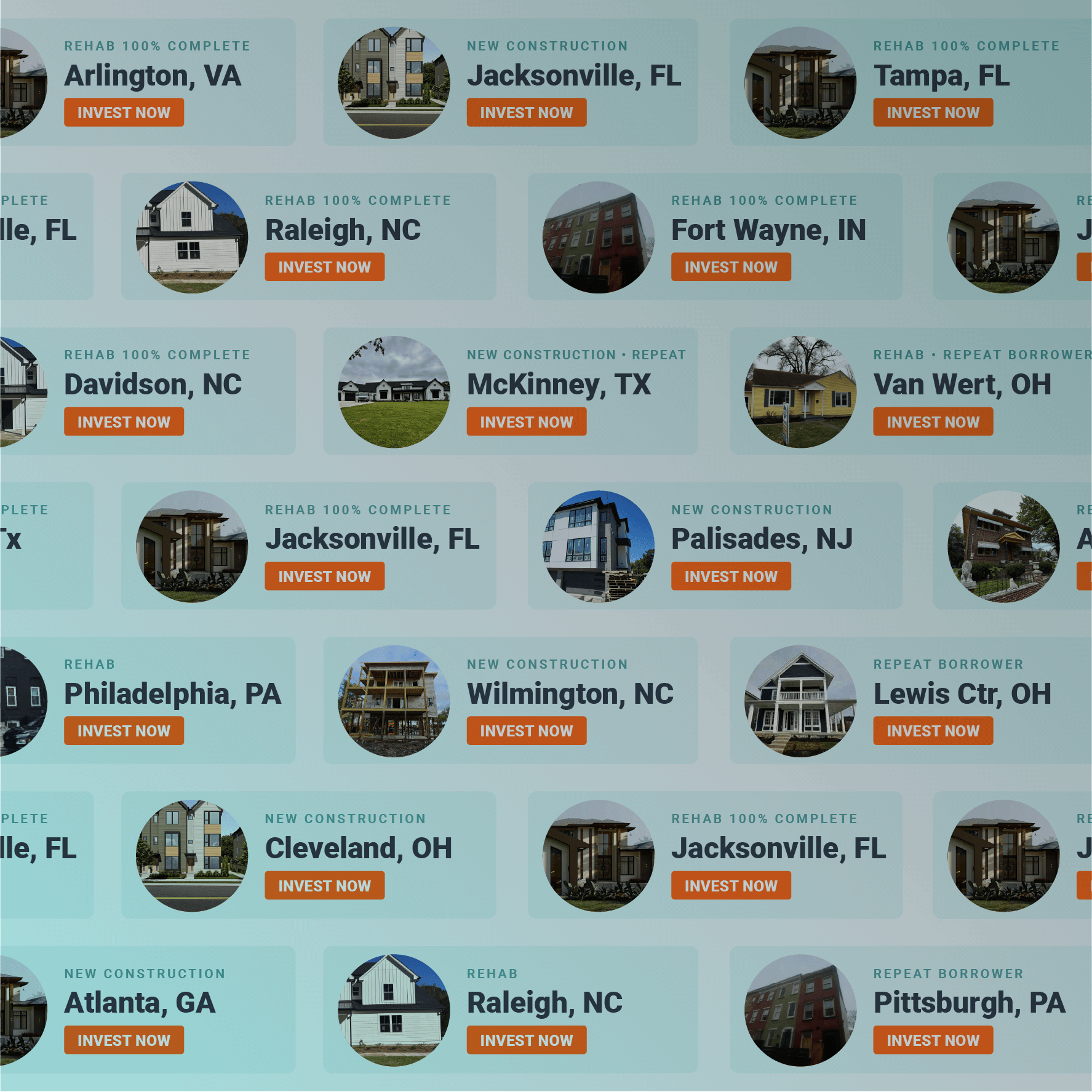Shipping container homes are exactly what they sound like — custom-made homes built from steel shipping containers, the ones primarily used for carrying goods on ships, trains, and trucks. These days, people are doing more than transporting goods with shipping containers, choosing to make prefab container homes out of them. But is this a worthy investment? Let’s find out.
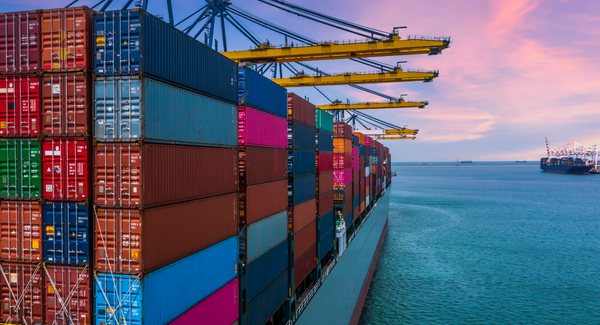
Are Shipping Container Homes A Good Investment?
With the rising cost of outright property purchases and mortgage payments amid wage stagnation, people are leaning towards affordable housing options for living or vacation. Affordable housing and small homes go hand in hand, and an increasingly popular option is shipping container homes.
According to an Allied Market Research report, the value of the container home market shares is expected to hit more than $73 million by 2025.
While the cost of shipping container homes may vary depending on various factors like size, the total number of containers used, design, etc., they take up less room, allowing investors to make the most out of any parcel of land.
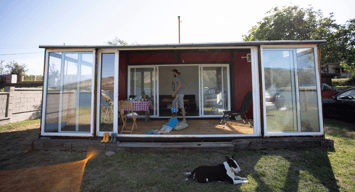 These custom container homes also have a high resale value of 100% and upwards, making them an attractive investment. Even without reselling them, investors can make a decent sum from renting shipping container homes as vacation houses.
These custom container homes also have a high resale value of 100% and upwards, making them an attractive investment. Even without reselling them, investors can make a decent sum from renting shipping container homes as vacation houses.
One of the popular short-term rental outlets, AirBnB, pooled $5.99 billion in total revenue in 2021 (Statista, 2022) despite the harsh effects of the coronavirus pandemic. It shows that vacation rentals are good investments, given the present strength of the housing market.
Pros of Shipping Container Homes
Let’s talk about some of the verifiable reasons why investing in shipping container housing makes sense:
1. Durability
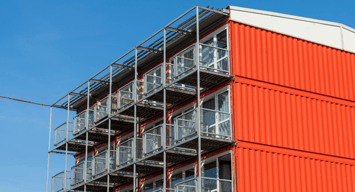 When making investment decisions, investors tend to look at properties that can withstand harsh weather conditions. While shipping container homes are understandably not the first thing on people’s minds when they think of sturdy homes, they are durable.
When making investment decisions, investors tend to look at properties that can withstand harsh weather conditions. While shipping container homes are understandably not the first thing on people’s minds when they think of sturdy homes, they are durable.
Considering that their original design was to protect goods from adverse weather conditions while traveling long distances over varied terrain, temperatures, and weather, it only makes sense that they can offer human inhabitants the same protection.
2. Flexibility
Prefab container homes offer investors flexible options to recoup their investments, unlike traditional homes that an investor can only sell or rent for residential purposes. But with a custom container home, an investor has more alternatives asides from rentals, such as converting the container home to a co-working space, fixing and flipping the property, and buying and holding to accrue profits.
3. Easy to Modify
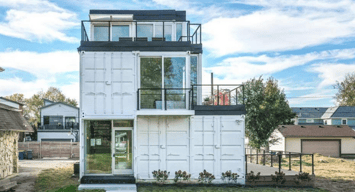 Shipping container homes are more easily modifiable than standard homes. With a regular home, there’s a limit to what an investor can do to modify the property (although we've seen some pretty cool stuff) to catch up with modern trends, attract buyers, and maintain affordability in the market.
Shipping container homes are more easily modifiable than standard homes. With a regular home, there’s a limit to what an investor can do to modify the property (although we've seen some pretty cool stuff) to catch up with modern trends, attract buyers, and maintain affordability in the market.
But with shipping container homes, there is often more room for customization, allowing entrepreneurs to add more floors, stairs, windows, and rooms. These, as well as the modern aesthetic, are what make shipping container homes popular in the current market.
4. Low Risks
With the world possibly nearing another recession amidst rising inflation and rates, there is a ready market for shipping container homes. People are opting to downsize and live in smaller homes to save costs, so there’s bound to be a demand for this type of property.
Prefab container homes are low-risk investments because they can be considerably cheaper to build and maintain, and may hold their value more so than a traditionally built home.
5. Quick Turnover
An efficient contractor can build a shipping container home in a few months, which is nearly impossible with a standard residential property. Because it can be expensive to hire professionals to build these container homes from the ground up, the quickest turnaround might mean buying prefab and modifying.
Prefab container homes are manufactured in factories and delivered to build sites, reducing construction times. All necessary building inspections are carried out at the factories before delivery to construction sites, ensuring that only quality units get out.
6. Mobility
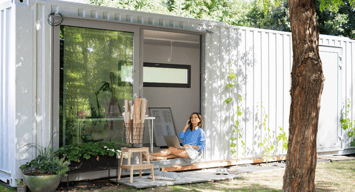 Another edge that shipping container homes have over traditional buildings is the option of moving the property at any time. Shipping container homes are not necessarily anchored on permanent locations, and the property owners can hire shipping transportation services to move them to another location for whatever reason.
Another edge that shipping container homes have over traditional buildings is the option of moving the property at any time. Shipping container homes are not necessarily anchored on permanent locations, and the property owners can hire shipping transportation services to move them to another location for whatever reason.
7. Fixed Costs
The great thing about shipping container homes is that the manufacturing costs of new containers from factories are fixed. So, it’s easier to make estimates and plan how many investments to make, unlike building regular residential properties with the fluctuating costs of building materials and other fixtures.
In the case of shipping container homes, the only variable expenses are the costs of transporting the container(s) to the building site, preparing the site, setting up the foundation, assembling the container, electricals, and other utility connections.
Cons of Shipping Container Homes
Here are some drawbacks that may make shipping container homes a poor investment choice:
1. Structural Concerns
While a custom container home may be strong at the corners, its flat roof may not be as strong, requiring an investor to build an additional roof to protect it from harsh elements like snow.
Then, the fact that modifications require reinforcements is another problem with shipping container homes. For example, anywhere a window or door is cut out of the container needs new/additional reinforcement, and subsequent renovations may require engineering interventions.
2. Building Permits
Since shipping container homes are modern innovations, getting the necessary permits to build them may be difficult. Many regions do not have regulations covering shipping container homes, and this may be tricky to navigate. So, it is best to visit the local city planning office and ask for information on permits, building codes, and zoning restrictions before diving in.
3. Electricity
Shipping container homes are heavily reliant on modern technology. Unless an investor wants the property off the grid, it requires a lot of electrical inputs to function effectively. Without electricity and modern fittings, this type of property is almost impossible and too expensive to live in.
4. Harmful Chemicals
Given that old shipping containers may have been used to transport harsh chemicals or other harmful substances, they may not be entirely safe for humans to live in. These containers may also have been treated with substances that can help prevent corrosion while in transit, which may linger with the container, even when not in use.
This may have unintended consequences for subsequent inhabitants. So, it is necessary to carry out structural integrity tests and other relevant inspections to certify that a refurbished container is fit to live in.
5. Difficulty in Finding the Right Location
While shipping container homes are now very popular housing options, it’s quite difficult to find already-used homes to buy and flip. In most cases, real estate investors have to build custom container homes from scratch, starting with buying land. Local building restrictions may affect the chances of finding a decent location for shipping container homes, as not all areas allow them.
6. Shorter Lifespan
Shipping container homes are durable but may lack the longevity that traditional houses have. A custom container home can last 25–30 years with proper maintenance, but a standard home generally lasts much longer than that, especially considering homes are passed down generations and still stand the test of time.
Many people own houses that are more than 100 years old because, unlike shipping container homes, residential houses are built to last for a lifetime. So, before investing in a custom container home, it is important to consider the lifespan, as while it is a cheaper investment, it may require an investor to keep building or flipping container homes to remain in business.
7. Associated Costs
While shipping container homes are relatively cheaper than traditional ones, there are still associated costs to consider before investing. These include land, cleaning, electricals, plumbing, insulation, and more. So, determining the cost of a custom container home is not exactly straightforward but rather nuanced.
How to Get A Hard Money Loan for A Shipping Container Home
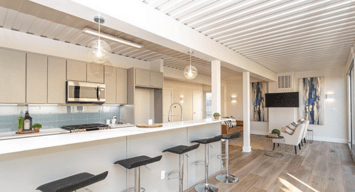 Getting a hard money loan is one of the ways to finance the construction of a shipping container home. Hard money loans are asset-based financing options, requiring the borrower to secure the loan using real property.
Getting a hard money loan is one of the ways to finance the construction of a shipping container home. Hard money loans are asset-based financing options, requiring the borrower to secure the loan using real property.
So, if you’re wondering how to get a hard money loan for a shipping container home, consider reaching out to us to apply for capital for your new construction or residential rehabilitation project.
Conclusion
Shipping container homes are quickly becoming a smart investment option for real estate investors worldwide. Like other investments, building or flipping a custom container home requires finances that investors may not have readily available to commit. This is where hard money loans from reliable lenders like Fund That Flip come in to provide capital for these construction projects.




